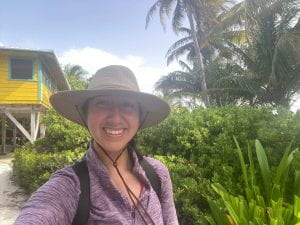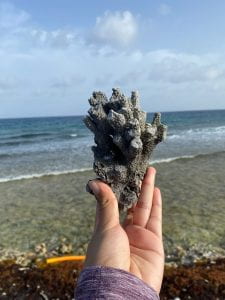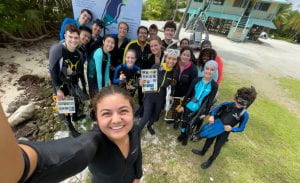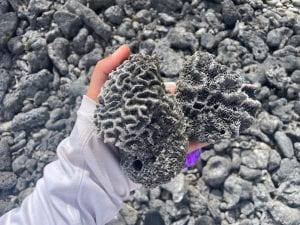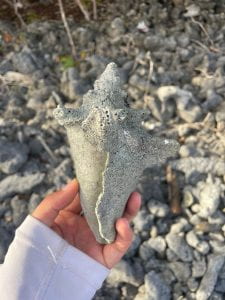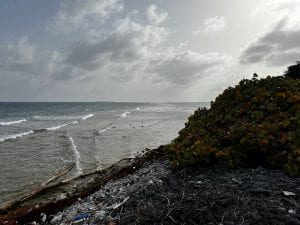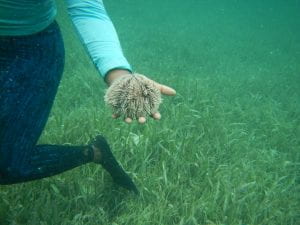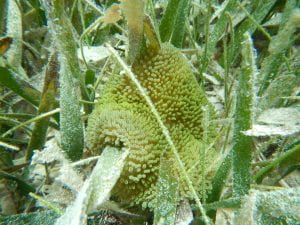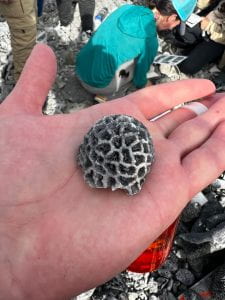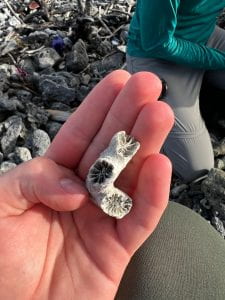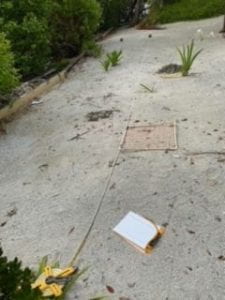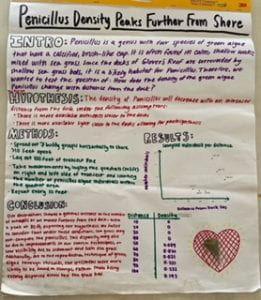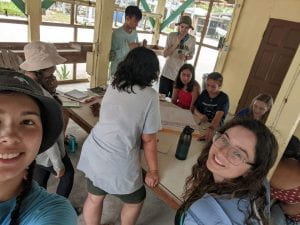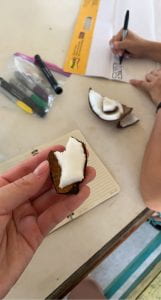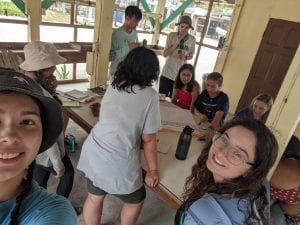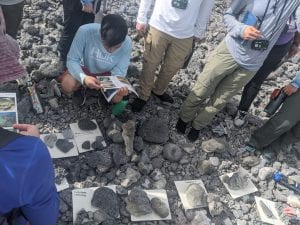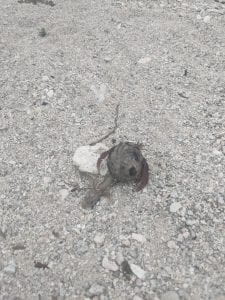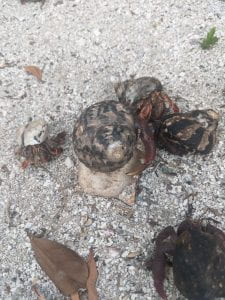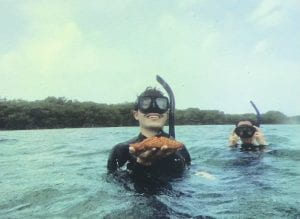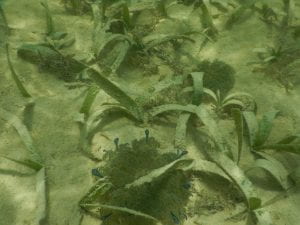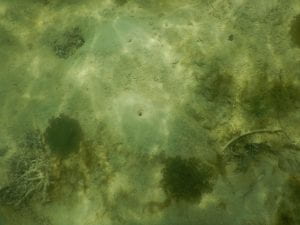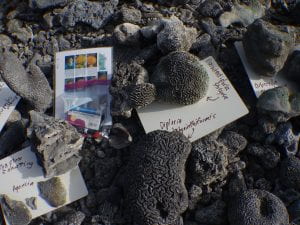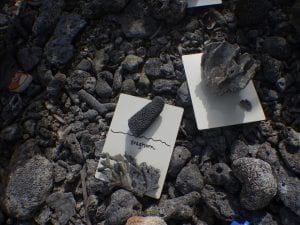Hi everyone!
Today was pretty great, we got to do a bunch of new things as a group! For example today we worked with transects and quadrats under water for the first time. At first it was a little challenging, specially with two new devices and a clipboard to carry while swimming yet working as a team definitely helped. With a little bit of practice it got easier for me and my partner to place the quadrats correctly and then assess the amount of green algae in that patch. Although we were all able to gather data, our data ended up not proving our initial hypothesis. Originally we predicted that we would see a decrease in green algae as we moved further from shore, yet the opposite appears to be true. Although we do not know why, we infer that it could be due to over-competition from the sea grasses.
Later on in the day we went to what Dr. Correa called the coral graveyard. I thought it was so amazing how well preserved so many corals were after being fossilized. We had a small learning activity there in which we learned to pair some corals with their species name. Although many people got the names down quite quickly I can’t say I was one of them. Yet, I took photos of them and their respective names and plan to study them! I really enjoyed everything we did, yet I think working on our poster to present our data was my favorite part!
Regarding my taxa, I didn’t get to see any of them today. I am sure I will have a greater chance of seeing piscivorous fish whenever we go to greater depths!

